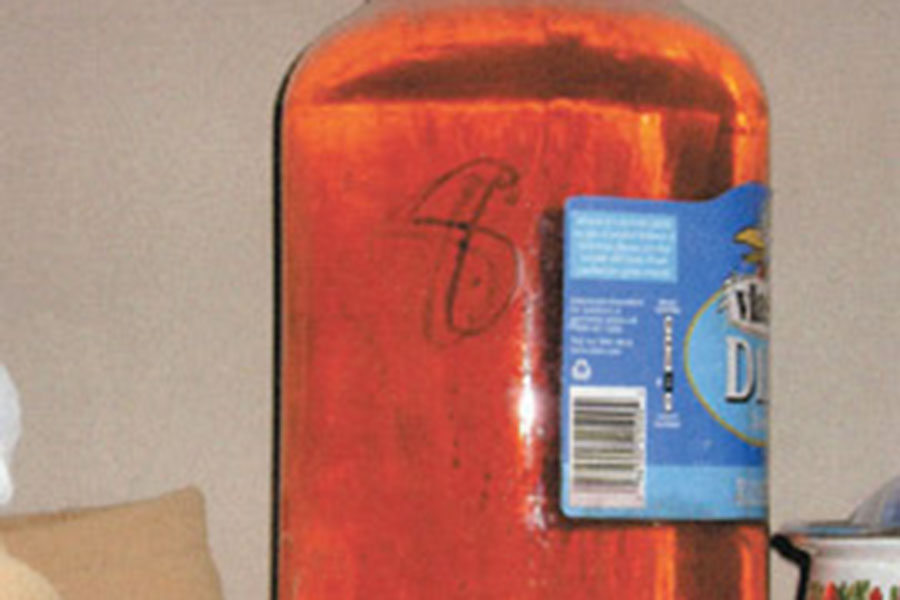This illegal drug was once produced in vast quantities in the U.S. using easy-access medications and chemicals until the Combat Methamphetamine Epidemic Act of 2005 was incorporated. This act bans medications containing pseudoephedrine, ephedrine and methamphetamine from being sold over the counter. Now meth is classified as a Schedule II stimulant under the Controlled Substances Act; meaning that it is highly addictive and can be obtained only by a non-refillable prescription. Now users “smurf”, or accumulate small but multiple doses of these medications, in order to acquire the necessary amount to manufacture meth in “meth labs”. These meth labs are very volatile because the chemicals used in combination with the medications are toxic and explosive. And often times the one producing the meth in the lab is a user with an already compromised mental status.
Because the U.S. has placed such stringent rules and regulations on the prescription medications, the illicit drug is often imported in large quantities from Mexican cartels. And both American and Mexican users and producers are always looking for new and innovative ways to get around laws and law enforcement. Users may “body-pack” or “body stuff” bags of meth internally to avoid detection by law enforcement. But the new and upcoming form of an even stronger form of meth is “liquid meth”. Solid meth is dissolved in liquid and transported via common containers such as liquor bottles or vehicle gas tanks in order to avoid detection during traffic stops or at border crossings. The liquid is then either burned off back into its solid state or applied to paper that users then tear off into pieces and ingest.
This month’s criminal topic is the Drug Methamphetamine. Topics covered are:
- The History of This Stimulant (7/4/14)
- Making and Hiding This Illicit Drug (7/11/14)
- Addiction (7/18/14)
- Detection, Treatment and Rehabilitation (7/25/14)
Note: To see all posts in this topic, click here.











